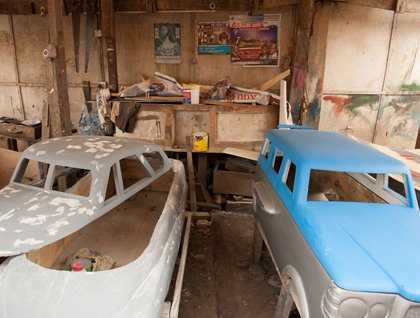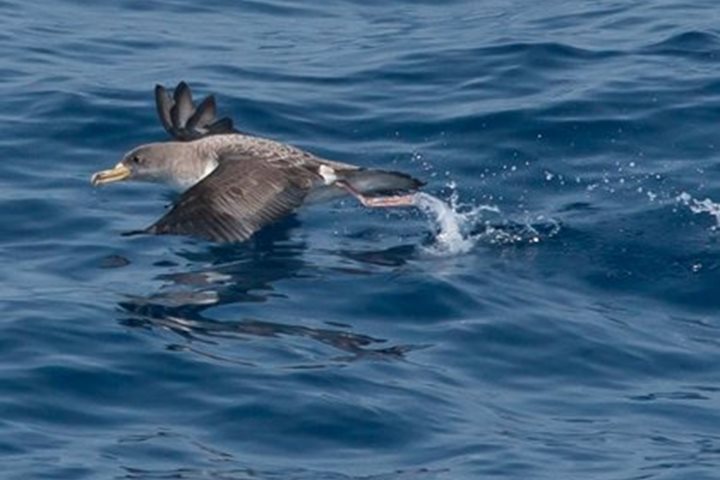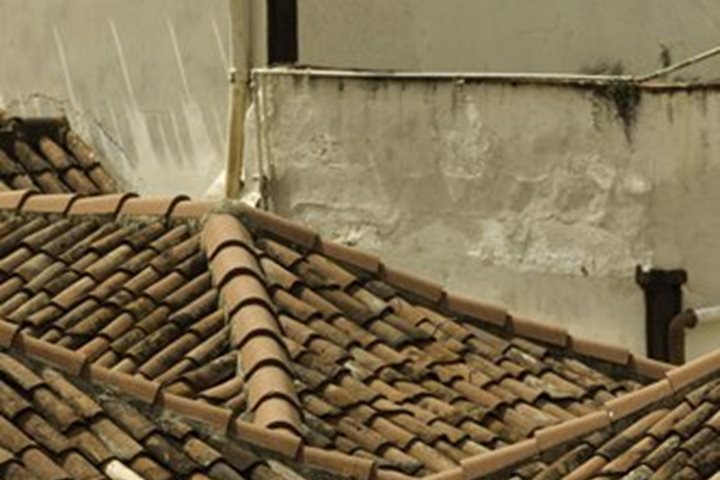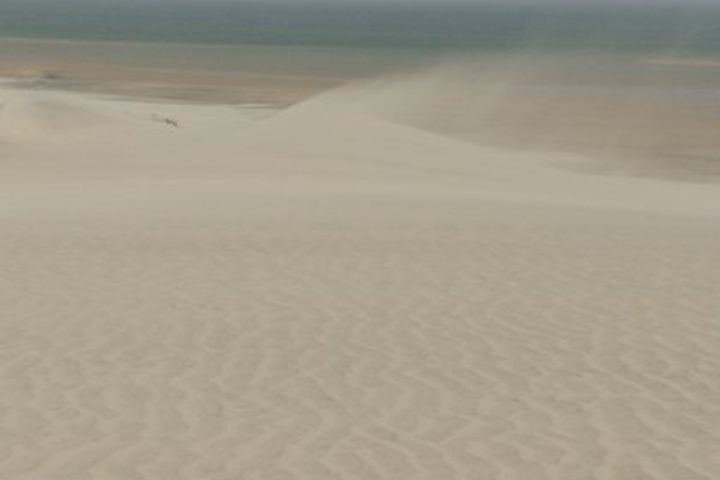Today was the first of what will be two days exploring the coastal regions of Ghana. The country gets its name from the ancient Ghana Empire, which once covered a vast territory including much of West Africa. The coastal zone became known as “The Gold Coast” because of an extensive pre-colonial trade network based on the region’s gold wealth. Trade with European states began after contact with the Portuguese in the 15th century, and the British established the Gold Coast Crown Colony in 1874. This British colony became known as Ghana after it gained independence in 1957, becoming the First sub-Saharan African nation to do so from European Colonialism.
We arrived early in the morning in Tema Harbor, the port for Accra, Ghana's primary city. Accra is the nation's economic and administrative hub, as well as the center of culture and tourism. After breakfast, we divided into two groups to experience different aspects of this fascinating, peaceful, and friendly country. Some of us spent the day exploring the region’s natural history, while others opted to learn more about Ghana’s culture and human history.
The nature enthusiasts and birders headed directly out to the Shai Hills Game Reserve, a nature park covering 52 sq. km that is situated on the territory traditionally claimed by the Shai people of the Ga-Adangbe ethnic group. Many of the sites on the game reserve are still used ceremonially by the Shai, especially several impressive rocky hills consisting of metamorphic material rising to almost 300 meters. A close inspection of these geological formations showed the rocks were heavily imbedded with garnets. Many of us climbed one of these hills for spectacular views of the surrounding expanse of savannah grassland and woodland, while others went bird watching. By the end of the visit we had amassed a good list of species including many exotic birds and perhaps less exotic baboons and kob antelopes.
After lunch at the scenic hillside Hilburi Restaurant, the nature group continued to the Aburi Botanical Gardens. Established in 1890, these splendid gardens help create an understanding and awareness of both conservation and the development of plant resources in Ghana. There is a great range of species to be seen here and some of the trees are truly awesome in their size and shape. The director walked around with part of the group and explained how some of the trees are used for medicinal value or in local cuisines. As was to be expected, it also proved to be a good place to observe birds.
In the meantime, those of us interested in the human aspects of Ghana took to the big city of Accra. This option highlighted the country’s political, archeological and cultural legacies starting with Ghana’s first president, Dr. Kwame Nkrumah. As a deeply respected part of Ghana’s history, Nkrumah’s monument, museum and mausoleum are a well-maintained, informative look into the life of this former leader, from his personal affects (suits, pens and even his desk phone) to the 60-foot monument shaped like the buttressed stump of a tree that hovers over his final resting place.
To balance Ghana’s recent history we followed our visit to Nkrumah’s memorial park with one to the National Museum of History and Ethnography. This well-guided visit took us from Ghana’s stone age through to contemporary times, filling the gap with all manner of archeological and tribal remains from beads to pipes to thrones to the recreation of various Ghanaian celebrations.
Moving beyond Ghana’s deep and recent histories we transitioned into a slice of life that looks to the future. Called the Casket Makers, there are several individuals in Ghana – Accra in particular – who have made a living out of death. Eric is the name of a casket maker we visited today in Accra who takes orders on caskets for people who are not even dead yet. These people approach him so he may build a wooden casket that signifies some aspect of their lives. A photographer, for example, may order a casket that, when finished, will accommodate the one-day-to-be-deceased’s non-cremated remains in a 3 ft. by 6ft. wooden camera body. Of course the finished product will be painted and made to look very much indeed like any manner of item, from cameras to cell phones, to chickens to shoes. This interesting approach to death has resulted in these wonderfully creative caskets we were able to admire in good health today – though Eric did hand out business cards for when the time comes!
Finally, as if our day wasn’t full enough, we had a surprise visit from Ghana’s former president, Jerry John Rawlings. This hugely important global figure spent the evening aboard, taking time to address us and show his appreciation for National Geographic in particular. He took a good portion of his time expressing his excitement to be aboard National Geographic Explorer and showed sincere gratitude for the invitation. A very powerful synopsis of his approach to Ghanaian history followed, leaving little doubt why he has had such influence in Africa and abroad.







